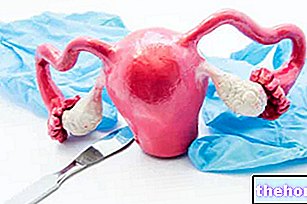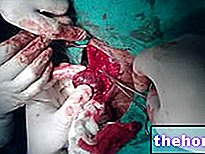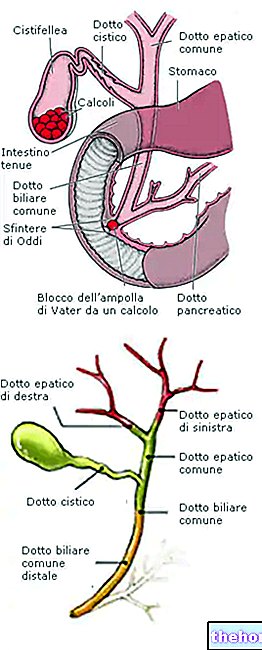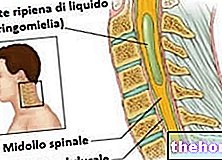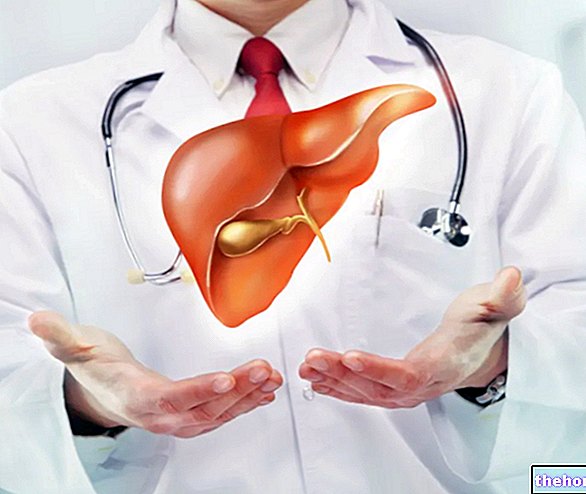General indications
The options for treating leukemia depend on the type of disease, its stage, the patient's general health and age at the time of diagnosis.

Chronic myeloid leukemia was the first cancer for which a specific drug (Imatinib mesylate) was introduced, active against leukemia cells with the Philadelphia chromosome. This effective tyrosine kinase inhibitor was the forefather of a new treatment strategy, even if over the years it has been understood how tumor clones can develop a form of resistance to its pharmacological action following a genetic mutation. Currently, research is experimenting with alternative tyrosine kinase inhibitors, capable of intervening in cases in which Imatinib mesylate loses its effectiveness. Biological therapies (for example: interferon) exploit the body's natural immune component to recognize and destroy the altered or unwanted cells. Finally, radiotherapy allows the use of high-energy rays in order to damage leukemia cells and stop their growth.
Stem cell and bone marrow transplant
In relapsing cases or when standard treatments do not promise a good prognosis, more aggressive therapeutic alternatives can be considered, such as autologous or allogeneic stem cell transplantation.
Premise: the sources of stem cells are represented by the bone marrow, peripheral blood and the umbilical cord. We can distinguish between transplant:
- Autologous: the patient donates the stem cells to himself.
- patient's bone marrow;
- peripheral blood (mobilization).
- Allogenic: the stem cells are from a donor.
- donor bone marrow;
- peripheral blood (mobilization):
- umbilical cord (cord blood).
A stem cell transplant is a procedure that aims to replace the altered bone marrow with a wealth of healthy cells, obtained from a donor or from the patient himself, capable of restoring the recipient's hematopoietic and immune system.
Before a stem cell transplant, the patient is given high doses of chemotherapy or radiotherapy to reduce the tumor residue and to destroy the diseased bone marrow (myeloablative therapy). Subsequently, the hematopoietic organ, in a condition of medullary aplasia, must be reconstructed by:
- Stem cell transplant: the cells are taken from the patient's peripheral blood (by mobilization with high-dose cytostatic therapy) or collected from a compatible donor and, later, reinfused into the leukemic subject through a blood transfusion. The stem cell suspension will help rebuild the bone marrow.
- Bone marrow transplant: cells are taken directly from the hematopoietic organ by means of fine needle aspiration.
Two different forms of transplant can be distinguished:
- Autologous transplant: the patient, before high-dose chemotherapy, is taken with stem cells or a bone marrow sample, which are cryopreserved.
- Allogeneic transplant: The subject receives stem cells or bone marrow from a suitable partially or totally histocompatible donor (example: HLA-identical sibling, haploidentical family member, or non-family HLA-identical donor).
In the case of allogeneic transplantation, the transplanted stem cells, the donor's T and NK lymphocytes can react against any residual leukemic clones (immune-mediated anti-tumor effect, called "Graft Versus Leukemia"), as well as allowing immunological reconstitution. Also for this reason, the allogeneic transplant, unlike the autologous one, seems to be potentially curative, especially if the treatment takes place before the patients have registered chemo-resistance.
Bone marrow transplant
Rationale for bone marrow transplantation: in the initial preparatory phase, known as the "conditioning regimen", cytostatic anti-tumor therapy is administered at a supra-maximal dose. This intervention aims to reduce the neoplastic residue and to induce prolonged or irreversible aplasia (bone marrow failure). In the next phase, the injection of stem cells (transfusion) will allow the recovery of bone marrow function.
Conditioning (preparatory phase for transplantation) has the dual purpose of:
- reduce as much as possible the residual pathological cells (eradicate the pathology)
- in allogeneic bone marrow transplantation, "prepare" the engraftment of donor stem cells within the recipient's marrow cavity and induce profound immunosuppression to avoid rejection.
24-48 hours after the end of conditioning, we move on to the actual transplant phase. Healthy cells, previously collected and cryopreserved, are infused (or "re-infused" if it is an autologous transplant) intravenously. Thanks to recognition mechanisms mediated by specific molecules, the infused cells are able to find their way to the bone marrow on their own. During the subsequent "hematopoietic engraftment" phase, the stem cells are able to settle in the medullary microenvironment and start the recovery of hematopoiesis, with leukocyte, platelet and hemoglobin counts rising after 15-30 days.
Mobilization of hematopoietic stem cells
The haematopoietic progenitors circulating in the peripheral blood can be collected by leukapheresis (a procedure that allows the collection of hematopoietic stem cells from peripheral blood), then cryopreserved and subsequently transplanted to reconstitute the haematopoietic system of neoplastic patients undergoing the previous phase of conditioning (before transplantation , patients are treated with potentially curative (but myeloablative) doses of chemotherapy or radiotherapy).
Advantages of the procedure over bone marrow transplant:
- avoid general anesthesia;
- collects stem cells even in case of previous radiotherapy on the pelvis;
- faster engraftment after infusion;
- reduction of infectious and haemorrhagic toxicity linked to cytopenia after conditioning.
The "goal of hematopoietic stem cell transplant s" therefore equates with healing. The achievement of this condition depends in turn on the achievement of the following main objectives:
- The total disappearance of the totipotent stem cell compartment: is obtained by subjecting the patient to an eradicating cytostatic therapy (chemotherapy or radiotherapy) in the phase preceding the transplant (conditioning phase).
- For the hematopoietic engraftment of reinfused stem cells, it is essential to overcome the reaction to the transplant, mediated by immunocompetent cells:
- of the patient, responsible for rejection (a serious complication in which the body rejects transplanted cells);
- of the donor, responsible for graft versus host disease (GVHD), in which the reinfused cells reject the organism into which they were transplanted.
Stem cell or bone marrow transplantation is a "therapeutic option that is especially considered for young patients, as it requires good general conditions and involves an intense procedure and a prolonged hospital stay. Today, however, if conditions allow it, transplantation of stem cells can also be performed in older subjects, adapting the procedure to the specific clinical case of leukemia (for example, using lower doses of chemotherapy to obtain myeloablation).
Other articles on "Leukemia - Stem Cell Transplant and Bone Marrow Transplant"
- Leukemia: Cure and Treatment
- Leukemia
- Leukemia - Causes, Symptoms, Epidemiology
- Leukemia: Diagnosis
- Therapies for the various types of leukemia
- Side Effects of Leukemia Treatments

